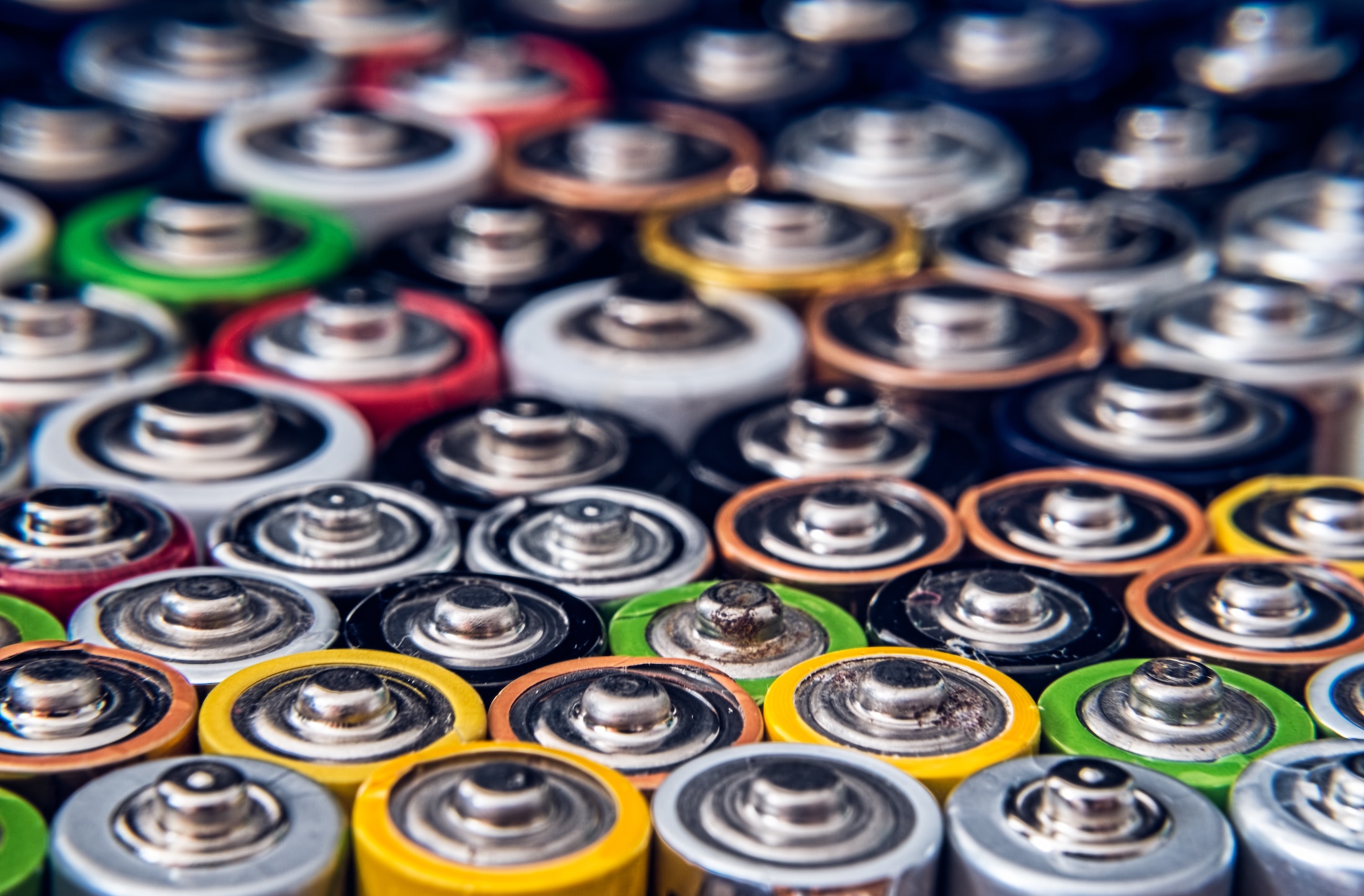On February 6th, the European Commission published a detailed impact assessment outlining possible pathways to reach the agreed goal of making the European Union climate neutral by 2050. Based on this assessment, the Commission recommended a 90% net greenhouse gas emissions reduction by 2040 compared to 1990 levels. A legislative proposal will be presented by the next Commission, after the European elections at the end of June, and has to be agreed with the European Parliament and member states. The recommendation, indeed, states that its purpose is to launch the political debate.
The document is required under the European climate law and aligns with the EU’s commitments under the Paris Agreement. Thus, it does not propose new policy measures or set new sector-specific targets: instead, it is an interim target on the way towards the EU’s wider goal of achieving a net-zero emissions economy by 2050. This target follows the EU’s existing target of cutting emissions by at least 55% by 2030.
“The document is very well done and consists of 800 pages, of which the first 200 are really significant. Not even the IPCC has ever produced such an accurate cost-benefit analysis of a climate objective, supported by unprecedented policy detail” said Carlo Carraro, president emeritus and professor of Economics at Ca’ Foscari University of Venice, and member of the Strategic Board of the CMCC, during a webinar organized by the Italian think tank ECCO.
The overarching recommendation from the Commission is based on an assessment of three options for the 2040 target: an “up to” 80% emissions reduction, an 85-90% reduction and a 90-95% reduction. The proposed target is at the bottom end of the 90-95% option that the European Scientific Advisory Board on Climate Change recommended in June 2023 as essential for mitigating climate risks and achieving a sustainable future.

“Considering the international scenario, the scientific committee had suggested even more ambitious levels: other countries, for historical reasons, will cut less emissions than expected. For this reason, the EU and the US should do more in the reduction of carbon emissions” Carraro said, adding “the analysis shows that the benefits of a policy of this kind exceed the costs, even at a macro level, i.e. the level of GDP that would be lost and gained”.
Carbon capture is one of the most sensitive areas of the document: while all three targets require similar levels of investment, the 90-95% option relies more on novel low-carbon technologies, as underlined by CarbonBrief journalists. The Commission highlights that the already adopted policies, which will be fully implemented by 2026, will lead to an emission reduction of 88%. The additional 2% should be achieved essentially through an increase in capture, store and use of CO2.
Renewables and energy efficiency remain central on the road to climate neutrality.
But to reach net zero emissions, we will also need technologies to capture, store and use CO2.
Today, we present a set of actions to establish an 🇪🇺 market for CO2.
More info ↓
— European Commission (@EU_Commission) February 6, 2024
But what kind of carbon capture? While the forest carbon sequestration remains unchanged across the three scenarios, “the difference lay in the CO2 captured from industrial plants or directly removed from the atmosphere. There is a dose of optimism on the technologies that capture CO2 from industrial plants, also because we are talking about a few million tons. Otherwise, those that remove CO2 directly from the atmosphere are, currently, a gamble. But this is a gamble coupled to important private investments” Carraro said. The analysis notes that the 90% target will also require more raw materials and bring more investment forward to the 2030s.
Moreover, reaching this target would require a much faster shift to a clean economy. According to the European Environment Agency, in the previous three decades, the EU’s member states cut their emissions by just 30%, leaving them half as long to do twice the work. In its assessment, the Commission details what kind of enabling policy conditions would be necessary to close the gap to the 90% goal – if it gets formally adopted.
The starting point is the full implementation of the existing legislation to reduce emissions by at least 55% by 2030. The other conditions include ensuring the competitiveness of the EU industry, a greater focus on a just transition that leaves no one behind, a level playing field with international partners, and a strategic dialogue on the post-2030 framework, including with industry and the agricultural sector (the proposal itself follows a public consultation which took place from 31 March to 23 June 2023, in which citizens and stakeholders were invited to share their point of view).
The power sector should approach full decarbonisation in the second half of the 2030s, and reach it by 2040, according to the Commission. Renewables, complemented by nuclear energy, should generate over 90% of the EU’s electricity by this date. The rollout of low-carbon electricity would be accompanied by an 80% reduction in the consumption of fossil fuels for energy, including a phase-out of coal and an effective phase-out of unabated gas power by 2040.
“The Commission spends many pages explaining that the target is not at all unrealistic. The word feasibility appears several times in the document because there was a careful examination of the various measures that would be needed to achieve the objective: technologies, industrial competitiveness, social equality, economic costs, and indirect benefits such as those on human health”.
Carraro explained, concluding that “reducing emissions is not enough, we must handle a fair reduction of them, both at a sectoral and social level. The document highlights how, in the absence of accompanying policies, the categories most impacted by the energy transition would be the weakest. The Commission finances it through two funds, destined to industries and families. So, it is not the measure itself that would create problems, but a passive government”.
Picture Credits: Colin Watts via Unsplash.






